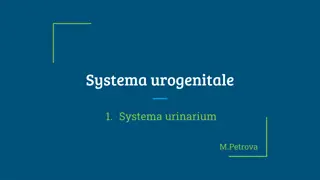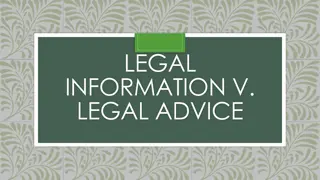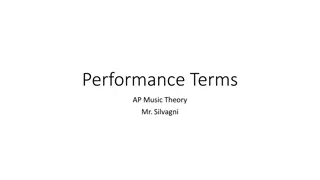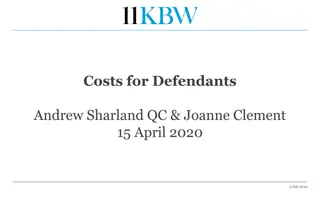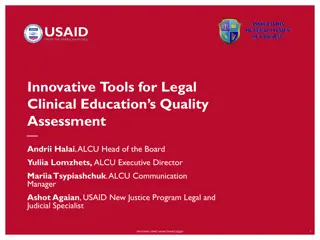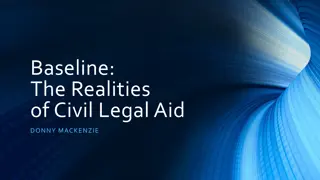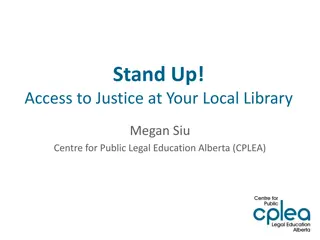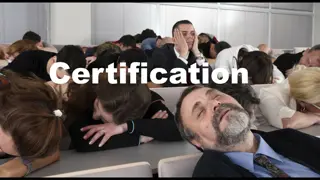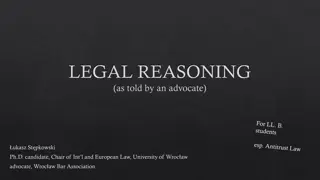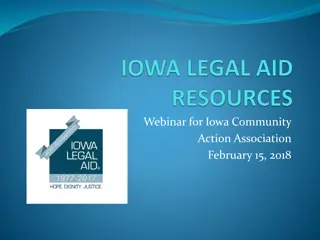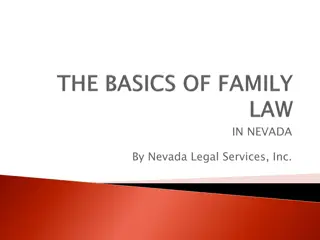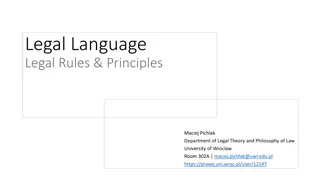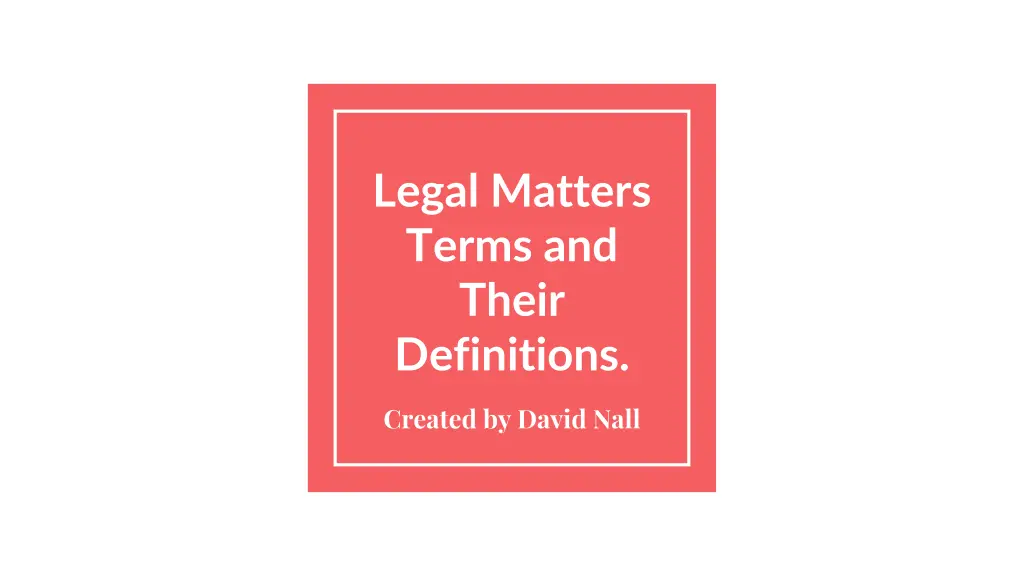
Legal Matters Terms and Definitions by David Nall
Explore key legal terms and their definitions in the realm of criminal law, including concepts like accessory, conspiracy, manslaughter, involuntary manslaughter, obstruction of justice, murder, warrant, and allegedly. Enhance your understanding of these critical legal concepts with clear explanations and examples provided by David Nall.
Download Presentation

Please find below an Image/Link to download the presentation.
The content on the website is provided AS IS for your information and personal use only. It may not be sold, licensed, or shared on other websites without obtaining consent from the author. If you encounter any issues during the download, it is possible that the publisher has removed the file from their server.
You are allowed to download the files provided on this website for personal or commercial use, subject to the condition that they are used lawfully. All files are the property of their respective owners.
The content on the website is provided AS IS for your information and personal use only. It may not be sold, licensed, or shared on other websites without obtaining consent from the author.
E N D
Presentation Transcript
Legal Matters Terms and Their Definitions. Created by David Nall
Accessory One who participates knowingly and voluntarily in commission of a crime. This can be before or after the fact. The accessory need not be present at the crime scene to be held accountable.
Conspiracy When two or more individuals agree to or set up an unlawful act by agreement and with intent on carrying the act out. Most U.S. jurisdictions require at least one illegal act to charge a group of people with conspiracy.
Manslaughter The unlawful killing of another person without malice aforethought or the serious intent to kill and disregard for human life before the act was committed. Manslaughter carries less moral blame than Murder or Second Degree Murder.
Involuntary Manslaughter An unintentional killing that results from recklessness or criminal negligence. The sentence can be more serious if it was caused by an illegal act, even if it had no intent of killing.
Obstruction of Justice In any way hindering the discovery or conviction of anyone person who has committed a crime. This can include bribery, murder, intimidation, or use of physical force against a witness.
Murder The illegal killing of another person with malice aforethought. Different from manslaughter because must involve the serious intent to kill or cause harm before the crime is committed.
Warrant A written order by the court that states that the law officials involved may invade on one s personal rights in order to further a case. Can include search warrants, arrest warrants, etc.
Allegedly An unproved accusation causing the one targeted to be under investigation. One accused of a crime such as burglary would become known as an alleged burglar. Once proven it becomes an accusation.
Evidence Any type of proof of a crime being committed that is legally presented at trial. Circumstantial evidence which requires inference in order to connect it to the crime would be treated much differently than direct evidence of a crime being committed. There is statistical evidence, testimonial evidence, anecdotal evidence, and analogical evidence.
Circumstantial Evidence Evidence of a crime being committed legally presented at trial which requires inference to connect it to the crime committed. Unless connection is too weak it is generally accepted in most cases.
Hard (direct) Evidence Evidence of a crime being committed legally presented at trial that has a proven direct connection to the crime being prevented that can prove that the one the evidence is used against is guilty of the crime accused.
Trajectory The path of a body or projectile as it moves through space Can also mean the path one is committing to in carrying out their life choices. In both cases is an assumed path something has taken is taking or will take.
Ballistics Study of flight, behavior, and characteristics of a projectile, especially bullets. Can be used to determine angle and firing point of a bullet making it useful in the solving of a crime.
Impede To delay or prevent an event from occurring. Impeding a case's progression would be known as obstruction of justice and is known as a serious crime. On the other hand, impeding a crime from being committed would be encouraged.
Image Credits Sandra Sanz--- Accessory Diagram Brenda Conley--- Conspiracy Diagram Flatworldknowledge.com--- Types of Homicide Diagram Open.lib.umn.edu--- Involuntary Manslaughter Diagram


